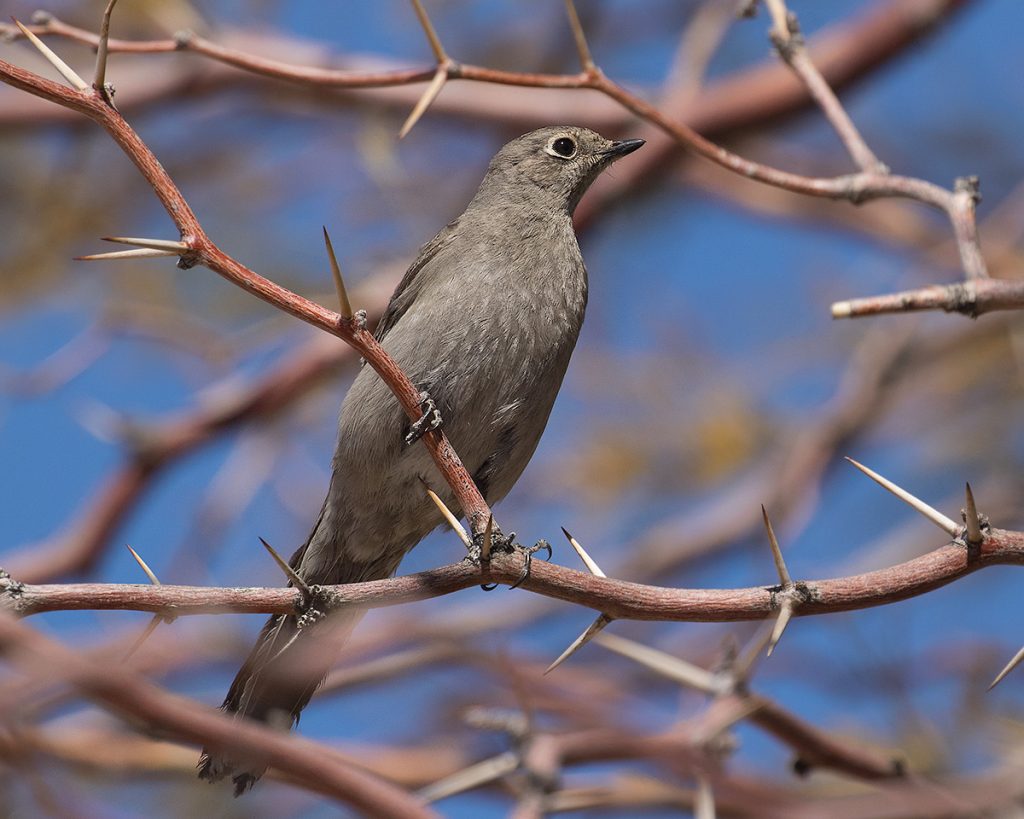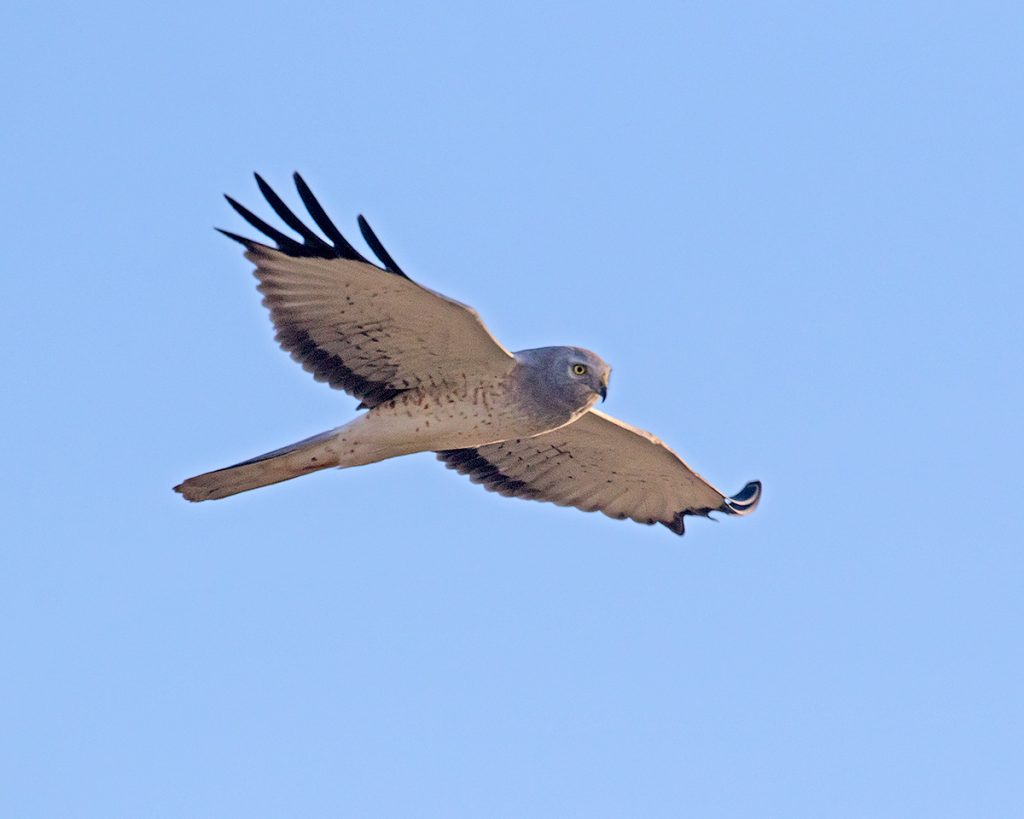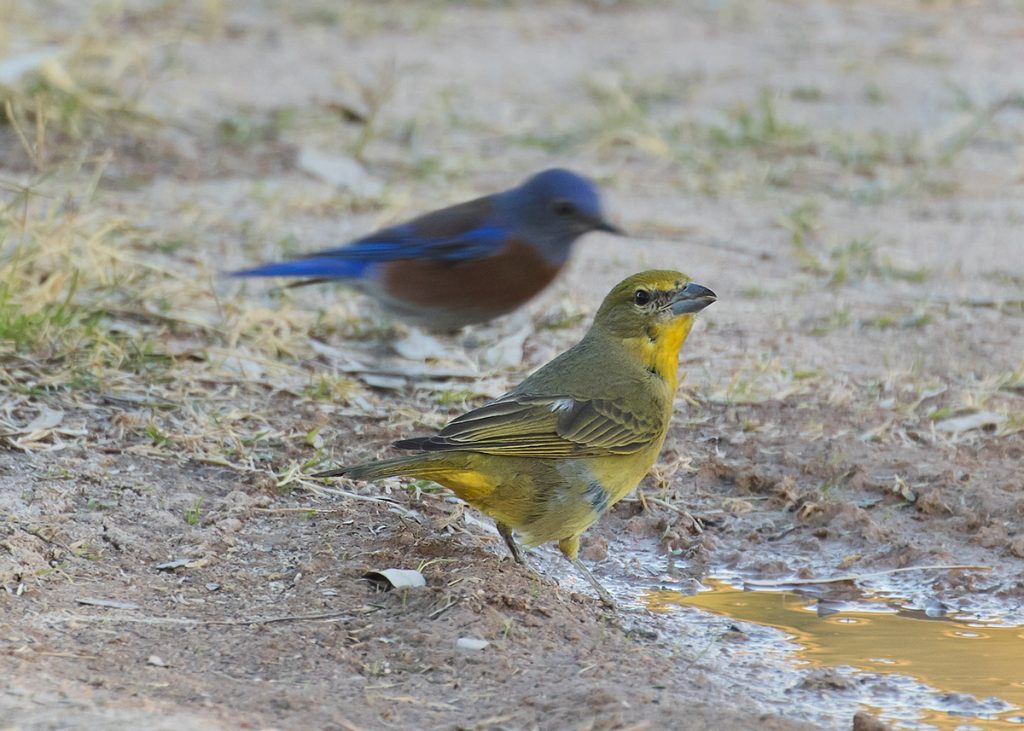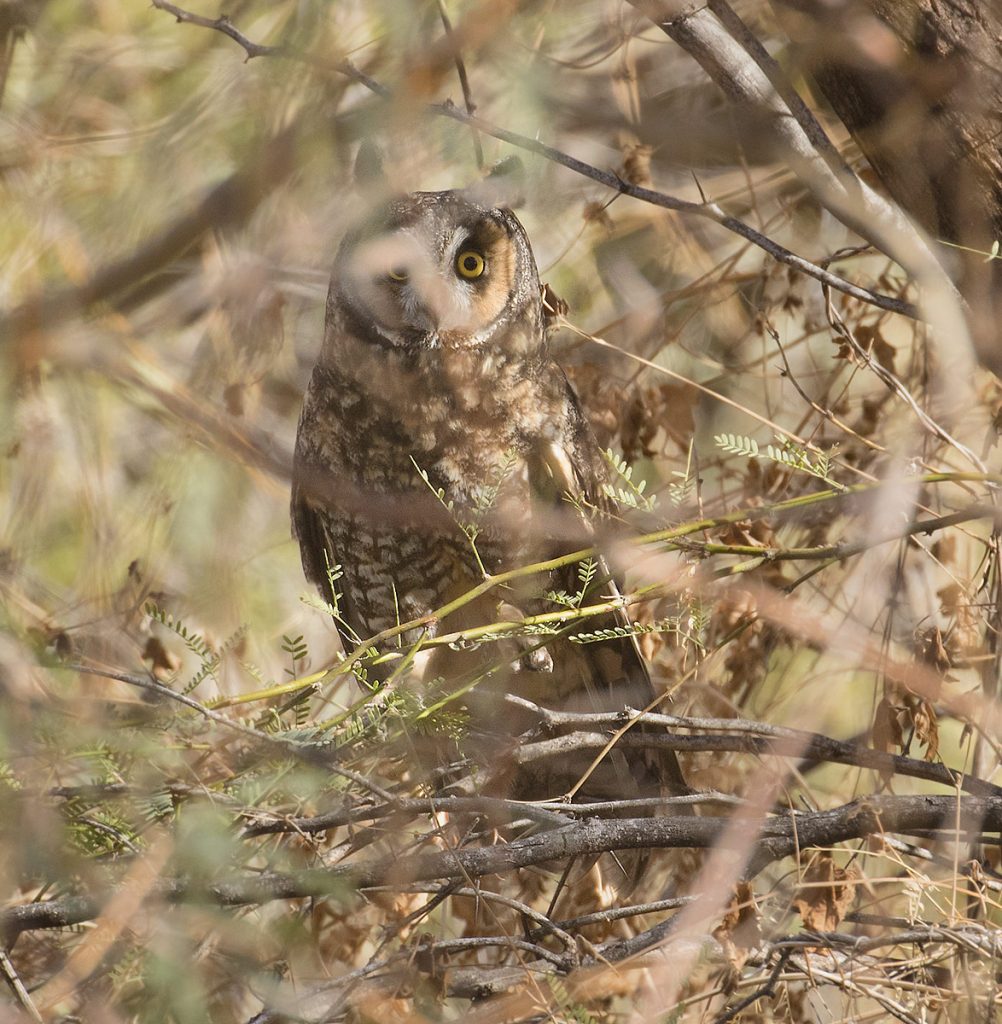I would like to leave pretty soon, it has been getting up near 100F yesterday and today. It should cool down now for a few days and that’s good because the truck has developed a problem, the check engine light came on. At NAPA they did a diagnostic that said it was an O2 sensor. NAPA can’t do it till week and I called the Ford dealer in Buckeye and they can’t do it till next Tuesday. So, I’m stuck. I can drive it to town and around the area, but if it gets worse I will have to park it and have it towed in, so I’m limiting the driving. No more driving around at night, that’s for sure!

















































